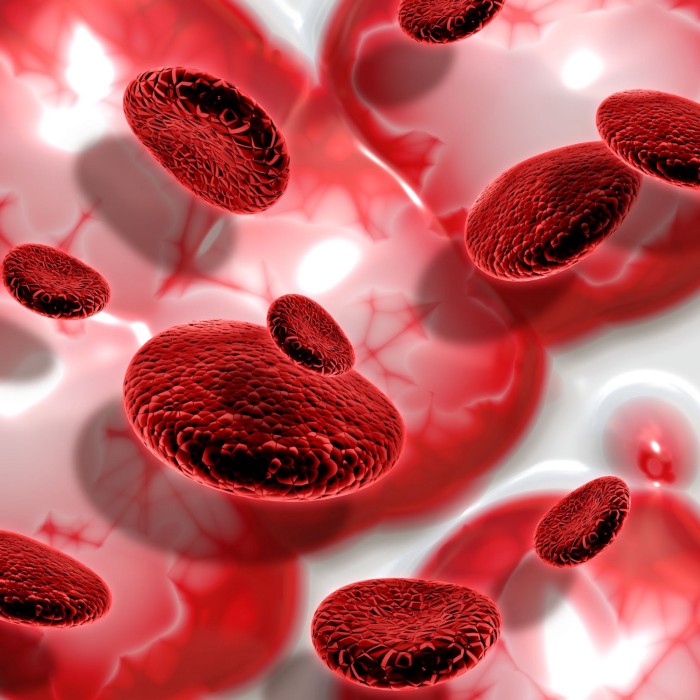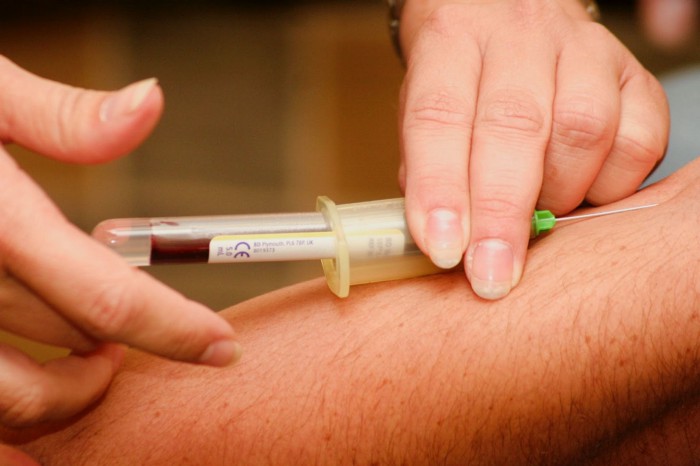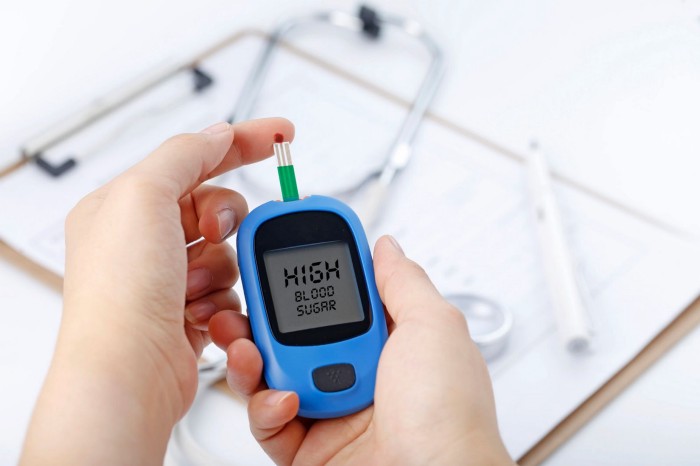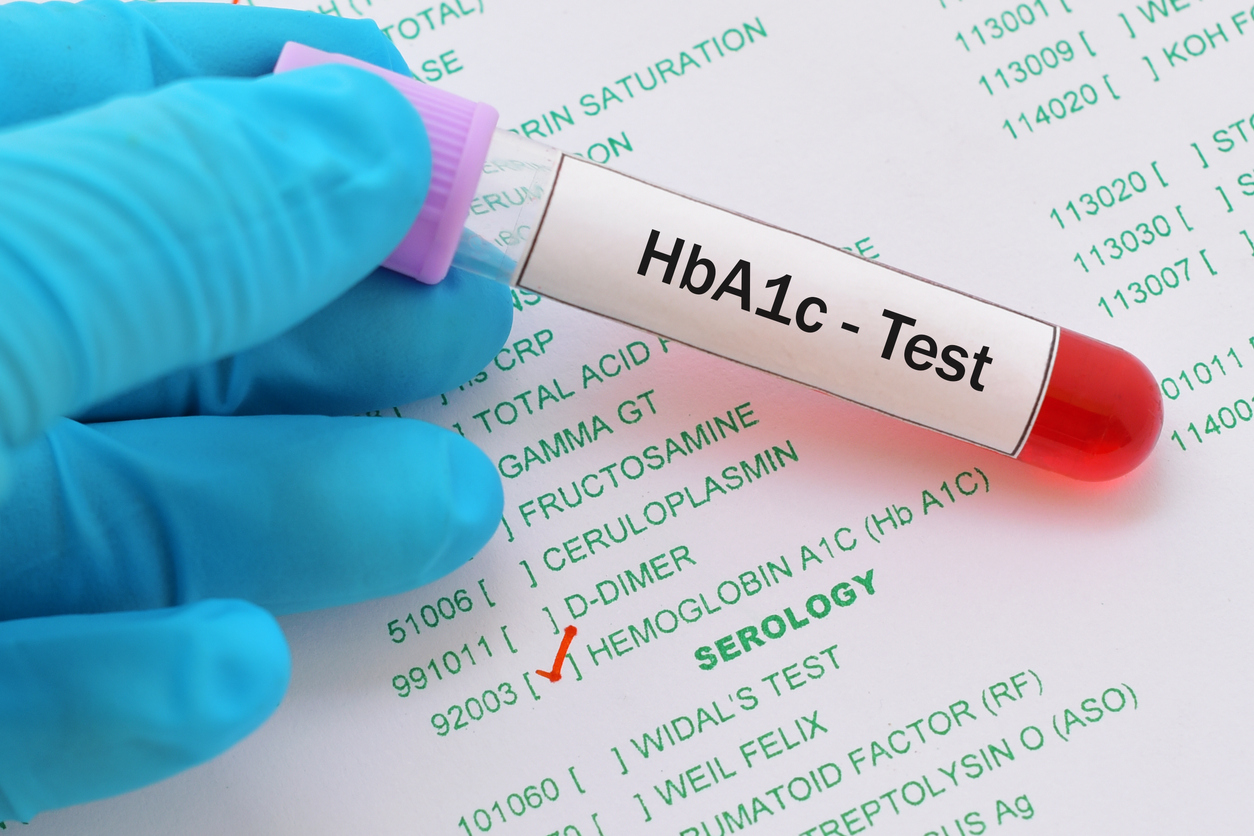Diabetes is a lifestyle disease in which the body either does not produce or respond to the hormone insulin. In Type 1 Diabetes, the pancreas is not able to make insulin while in Type 2 Diabetes the cells in the body become resistant to insulin which can result in abnormal glucose levels.
Do you regularly check your fasting or post-meal sugar levels to keep a check on your diabetes? Is it enough?
Not really!! Regularly measuring your fasting and post-meal blood glucose levels is important but these parameters estimate your blood sugar at a certain point in time. The results may vary depending on what you had eaten last night, in the previous meal, your physical activity or any disturbance in your routine.
Measuring your blood glucose levels at home can help you look after and manage your diabetes with daily choices around food, exercise, and medications. Along with checking your blood glucose levels at home, your doctor may advise you to take an hbA1c test which is a glycosylated hemoglobin test for diabetes at regular intervals.
In this blog, we will discuss exactly what is HbA1c and why it is important for diabetics. First, let’s see what glycosylated hemoglobin is!
Glycosylated Haemoglobin
You must have heard that-
- Hemoglobin is the protein in red blood cells that helps in the transportation of oxygen across the body.
- When sugar or glucose present in your blood combines with one type of hemoglobin (haemoglobin A) — it is known as ‘Glycosylated Hemoglobin’.
Let us now take a look at what the glycosylated hemoglobin test for diabetes is and why it is important to test for it!

What is HbA1c? Why do we test for it?
HbA1c is a hemoglobin test for diabetes. It stands for ‘Glycosylated Hemoglobin’ and this test involves taking blood from your vein. It is considered the gold standard test for diabetes.
This test helps in measuring the average blood sugar levels for the past 3 months. The HbA1c test can be used for diagnosis as well as monitoring purposes. It’s a simple test and your doctor may suggest an HbA1c test to:
- Detect prediabetes
- Diagnose diabetes
- See how well a person diagnosed with diabetes has been managing their sugar levels
It is essential for every person who has diabetes to get the HbA1c test for diabetes or HbA1C tested every 3 to 6 months. People having borderline diabetes (prediabetics) are also advised to get tested to check if their sugar levels are stable as high sugar levels can lead to the development of diabetes.
Looking to consult expert doctors to advise you on diabetes? Reach out to us at Zyla.in or the Zyla app for holistic care coordinated across specialized doctors, nutritionists, and physiotherapists.
How does the HbA1c Test Work?
Now that you know what is HbA1c, let me tell you how it works…
The HbA1c test measures how much glucose is bound to hemoglobin. A red blood cell has a lifespan of up to 120 days or 3 months. Hence, measuring the glycosylated hemoglobin molecule gives an estimate of average blood sugar levels in the past 2–3 months.
The HbA1c test provides more information about sugar levels over a longer period of time than your home monitoring sugar levels. If your blood glucose levels have been higher over the recent weeks, your average sugar level of 3 months or the HbA1c test will be higher.
When is the HbA1c Test Needed?
If you’re prediabetic or diabetic, your doctor may recommend you get the HbA1c test. If you haven’t been diagnosed with diabetes, your doctor or healthcare team may advise you to get it tested if you have symptoms of the conditions such as:
- Blurry vision
- Fatigue or feeling tired all the time
- Increased urination
- Increased thirst or unusual thirst
For more information, you can read our blog, “The common signs and symptoms of diabetes”.
You should also get the test done if you are at risk for diabetes. The risk factors include:
- Obesity or high Body Mass Index (BMI)
- Family history of diabetes
- Lack of physical activity or sedentary lifestyle
- History of heart disease like high cholesterol levels etc
- High blood pressure (hypertension)
Now that we know when the HbA1c test for diabetes is needed, let’s look at what you need to do to prepare for the HbA1c test.
Preparing for the HbA1c Test for Diabetes
Unlike fasting or post-meal sugar levels, no special preparation is required for the HbA1c test. The sample for the HbA1c test can be given at any time of the day and there is no restriction on food or drink.
Take your medicines as usual on the day of the test, it is recommended not to miss any of your medicines before the test.

Make your health a priority. Get an “Advanced Full Body Checkup of 61 tests with home collection”. Reach out to us at Zyla.in or the Zyla app for health check-up packages and comprehensive test analysis.
Let us now look at how to interpret the results of the HbA1c test.
Understanding the HbA1c Test for Diabetes
If you’re wondering what is HbA1c test’s normal range, then here is your answer…
In your pathology report, the results of the HbA1c test are shown in 2 ways as a percentage (%) or as a value in mmol/mol. The number represents the portion of hemoglobin that is combined with glucose or glycosylated.

For people without diabetes, normal HbA1c level ranges between 4% to 5.6%. If the level of HbA1c is between 5.7% to 6.4%, means you have prediabetes and a level of 6.5% or higher is considered a diabetes HbA1c level.
There are certain factors or some medical conditions affecting hemoglobin such as anemia, high cholesterol levels, and kidney or liver disease that may change the HbA1c test result slightly and even lead to a higher reading.
The American Diabetes Association recommends keeping your HbA1C levels below 7% if you have diabetes. Your doctor is the best guide to analysing the results and may have other recommendations for you depending on your overall health, age, weight, and other factors.
Wondering how often you need to get the HbA1c test? Let’s find out!
How Often Do you Need the HbA1c Test for Diabetes?
As the HbA1c test reflects your average sugar level over the last 3 months, it is important to keep your HbA1c levels as close to normal as possible for better management of diabetes.
Your doctor might advise you to take the glycosylated hemoglobin test for diabetes as soon as you’re diagnosed with diabetes or to evaluate if you may get diabetes. The test helps to know how well you’re controlling your blood sugar levels.
For a diabetic person, it is recommended to get the HbA1c test done every 3 to 6 months. It also depends on several things like:
- Type of diabetes
- Your blood sugar control
- Your treatment plan
If you have prediabetes, you should get tested at least once a year as you have a strong chance of developing diabetes. You should aim to get tested twice a year in case you have diabetes, you’re not on insulin and your blood sugar levels are usually in the target range.
In type 1 diabetes, as changes in sugar levels occur more often you could get it tested three or four times each year to keep a track of it. You may need to get the HbA1c test done if your doctor is planning to change the treatment plan or start any new medicine.
For further reading on Diabetes medicine, read our blog, “Which is the best medicine for diabetes?”.
What is the Difference Between the HbA1c Test for Diabetes and the Finger-Prick Test?
The blood sugar levels are generally measured in two ways –
- The first way is usually done in a lab to measure your HbA1c levels.
- The second way is to measure your sugar levels at home using a glucometer. If you don’t know how to use it, you can read our blog, “How to use a glucometer?”.

Home blood glucose levels and HbA1c levels are connected but they are different.
Your doctor may be more interested in your HbA1c levels as this test uses a venous blood sample and it shows the average blood sugar levels over the past three months.
While a finger-prick test uses the capillary blood and measures the concentration of glucose in the bloodstream at the instant you prick your finger. Using a glucometer at home is an instant way to see the effect of food you eat, exercises you are including and medications that you take for controlling sugar levels.
Using the HbA1c test to prevent complications
You need to manage your blood sugar levels if they are on a higher side, to reduce the risk of complications affecting the nerves, eyes and kidneys.
Managing your HbA1c test levels and keeping blood sugar levels within the target range could help prevent many problems that can occur with diabetes, including:
- Vision loss
- Cardiovascular disease
- Stroke
- Kidney disease or kidney failure
Reaching and maintaining an HbA1c test level of 7% or below will help you significantly reduce the risk of complications in the future. You will have to work on your blood sugar and A1C targets with your doctor or healthcare team.
To know more about the do’s and don’ts of diabetes, you can read our blog, “How to control diabetes: the do’s and the don’ts”.
Are you wondering how to lower your HbA1c test levels? Let’s take a look at some helpful tips!
How to Lower your HbA1c Test Levels?
Your doctor may recommend the correct blood sugar range and HbA1c levels that are suitable for you. They will consider different factors such as:
- Your age
- How long you have lived with diabetes
- The medications you are taking and other health conditions you may have.
Here are 5 Tips to Help Lower your HbA1c Test Levels –
1. MAKE HEALTHIER FOOD CHOICES
Eating the right foods, in the right amount is essential to lower your HbA1c test levels. Include whole grains, pulses, fruits and vegetables, milk and milk products, oil, ghee or nuts in the diet and avoid foods that are high in fat, salt and sugar.
2. STAY PHYSICALLY ACTIVE
Exercise is considered as important as diet and medicines for managing sugar levels and helping you maintain healthy HbA1c values. Include 30 minutes of moderately intense physical activity like brisk walking, five days a week to keep yourself active.
To know more about the impacts of physical activity in your body, read our blog, “The top 10 benefits of regular physical activity”.
3. MAINTAIN HEALTHY WEIGHT
Weight loss is a gradual process, it’s important to have a slow and steady approach to help you manage your weight and improve your health. Stay in touch with your doctor or healthcare team to achieve your weight loss goal.
4. TAKE MEDICATIONS ON TIME
The medicines that will help in lowering your blood sugar levels will also help in lowering your HbA1c test levels. It’s important to take the medications on time to manage blood sugar levels within the normal range.
5. AVOID STRESS AND SLEEP WELL
To keep your hbA1c levels in the normal range, make sure to sleep soundly for 6–8 hours every day and manage your stress levels as well. You can practice breathing exercises or meditation or music etc.
Read our blog, “Stress, meditation and diabetes” to know the relationship between them.

Now you know what is HbA1c, it’s value, it uses, etc, managing blood sugar levels and HbA1c levels in the normal range will be slightly easy.
It is necessary because, with diabetes, the risk of other complications can also increase. As the HbA1c percentage increases, the risk of prediabetes becoming type 2 diabetes also rises.
It is also important to do regular blood glucose tests at home along with glycosylated hemoglobin tests for diabetes timely from the lab to follow the correct treatment plan for diabetes including your diet, exercise, and medications.
If you’re looking for guidance to help lower your HbA1c test level, then for a 24*7 personalized holistic care and support from a strong healthcare team, reach out to us at Zyla.in. Diabetes patients who used Zyla App reduced HbA1c levels by 20% and improved symptoms such as foot pain, weakness, etc.
Start your health journey today!!!
Connect with us:
- Subscribe to our Youtube channel: https://bit.ly/2o19OzE to watch videos on health and health-related conditions.
- Find us on Facebook:https://www.facebook.com/zylahealth
- Join our Facebook community, “Defeating Diabetes” and get daily updates:https://bit.ly/2nloObl
- Find us on Instagram:https://www.instagram.com/zylahealth/
- Visit our website:https://www.zyla.in/
- Talk to us on WhatsApp — https://goo.gl/kjofP
For more information, you can visit here
https://blog.zyla.in/what-is-hba1c-and-why-is-it-important-zyla-health-43f5bd5cd56c





